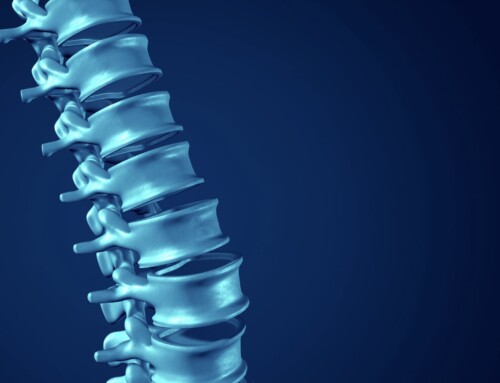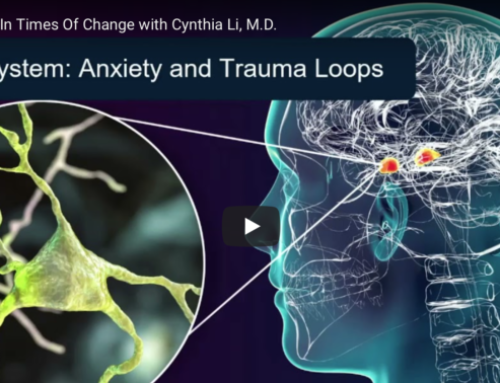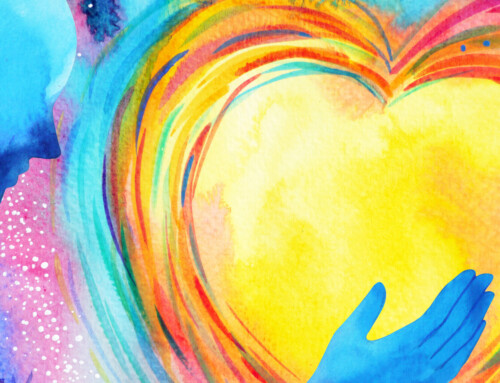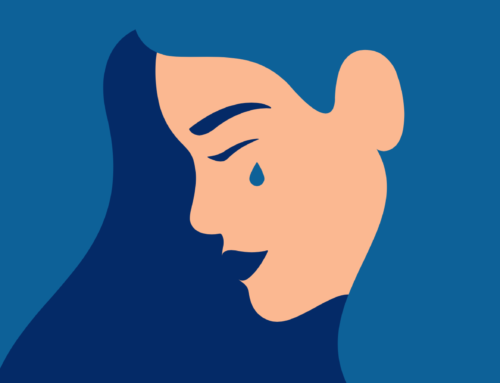Yesterday at my standard go-to grocery store in Berkeley, CA, the shelves that stock paper goods and bottled water were spare. The canned beans, soups, and pasta shelves: empty. I’ve never seen anything like it, even during the cyclical wildfires or droughts.
I returned to my clinic to an email, presumably forwarded on from an esteemed virologist (a scientist who studies viruses). In addition to N-95 masks and alcohol sanitizers, he was recommending the following:
- NO HANDSHAKING. Only elbow bumps or bowing to greet someone.
- NO fingers or hands on light switches, handles, elevator buttons, etc. USE DISPOSABLE GLOVES when available.
- Keep a bottle of alcohol sanitizer in your car and at each entrance of your home.
- Don’t sneeze or cough into your hands or elbows. Use a disposable tissue and discard immediately.
- Wash your hands with soap for 10-20 seconds after any situation where you’ve been in contact with people.
There were more… but my eyes had blurred. My neck warmed. My heart pounded. I closed my laptop and closed my eyes. Below the fear, I felt a rising need for discernment, that of 2 different kinds.
One was medical: how do we distinguish between a cold, the flu, or the COVID-19?
The other existential: how do we distinguish between wise caution and fearful overreaction?
Medical Discernment
This may perhaps be the easier of the 2. It’s based on facts. Direct observation and measurements. Data.
First off, it’s helpful to remember a few things: (1) most who become infected with COVID-19 likely have a mild course or no symptoms at all (the people who present to medical facilities are the moderate to severe cases), (2) this coincides with the height of the flu season, and (3) most people who develop a cough probably have an old-fashioned cold virus. So how can we tell the difference?
The lowdown on COVID-19:
In a study of 100 patients admitted to one hospital in Wuhan, China, they met criteria for moderate to severe pneumonia:
- Fever 83%
- Cough 82%
- Shortness of breath (31%)
- Muscle aches (11%)
In another study of 400+ patients in Wuhan, they also found the following:
- X-ray evidence of pneumonia (usually involving both right and left lungs)
- Low or normal white blood cell counts
- Persistence of symptoms after antibiotic treatment for 3 days
Signs and symptoms of the flu:
According to the Center for Disease Control (CDC), the typical symptoms are fever, cough, sore throat, runny or stuffy nose, muscle or body aches, headaches, fatigue, vomiting, and diarrhea (more common in children).
The bad news: the 2 viruses can be hard to distinguish!
The primary difference between COVID-19 and the flu is duration and course. The flu typically lasts 3-7 days (though the cough and malaise may persist for 2-3 weeks), but the moderate to severe cases of COVID-19 declined after a week (most admissions to a hospital were 12+ days after onset of symptoms).
Tests for the flu are widely available, and antiviral drugs can reduce symptoms and duration by a couple of days. For COVID-19 testing in the US (at the time of this writing), they’re only available at the CDC. A vaccine is in the works, but could take months.
The good news: Measures to protect against any kind of respiratory virus is the same. And treatment is usually supportive (meaning most people don’t receiving anti-viral medications, but recover with rest, hydration, nutrition, and time). In addition to the above protective measures, I’ve written before about a few simple vitamins and nutrients to help boost your immune system.
Existential Discernment
Patients, friends, and family have been contacting me with questions about social events, conferences, schools, and travel. Given where things stand in the US right now, I don’t see any clear right answer. I don’t even see a better answer. It’s a personal choice. For those at risk, taking conservative measures seems wise. But beyond that, do we keep living our lives? Will all of this blow over? Or is this the new normal?
For the past several years, I’ve been studying and practicing an embodied meditation called Wisdom Healing Qigong, different contemplative philosophies, and integrative and functional medicine. Whether modern science or ancient healing arts, the consensus is the same: the 2 primary drivers of chronic disease are ignorance and fear. We don’t know what we don’t know, and we’re terrified of both the known and unknown. Fear feeds the vicious cycle of inflammation so much that we can’t discern whether it’s the fear or the virus (or any other factor) that’s the primary culprit any more.
The balance of action and contemplation is the foundation of all wisdom healing traditions. One is incomplete without the other. If we wear a N-95 mask with terror or if we wear it with a sense of agency, our internal physiology can be very different. One is paralyzing while the other is empowering.
Cultivating a daily practice of sitting in silence, tuning into your body, listening to your intuition, and simply pausing is paramount. This allows us to respond versus react. To rest versus resist. To restore versus retreat.
This is how healing can happen internally despite all that’s happening externally.
Resources
CDC updates on Influenza (the flu)






Thanks for this balanced and calming article.